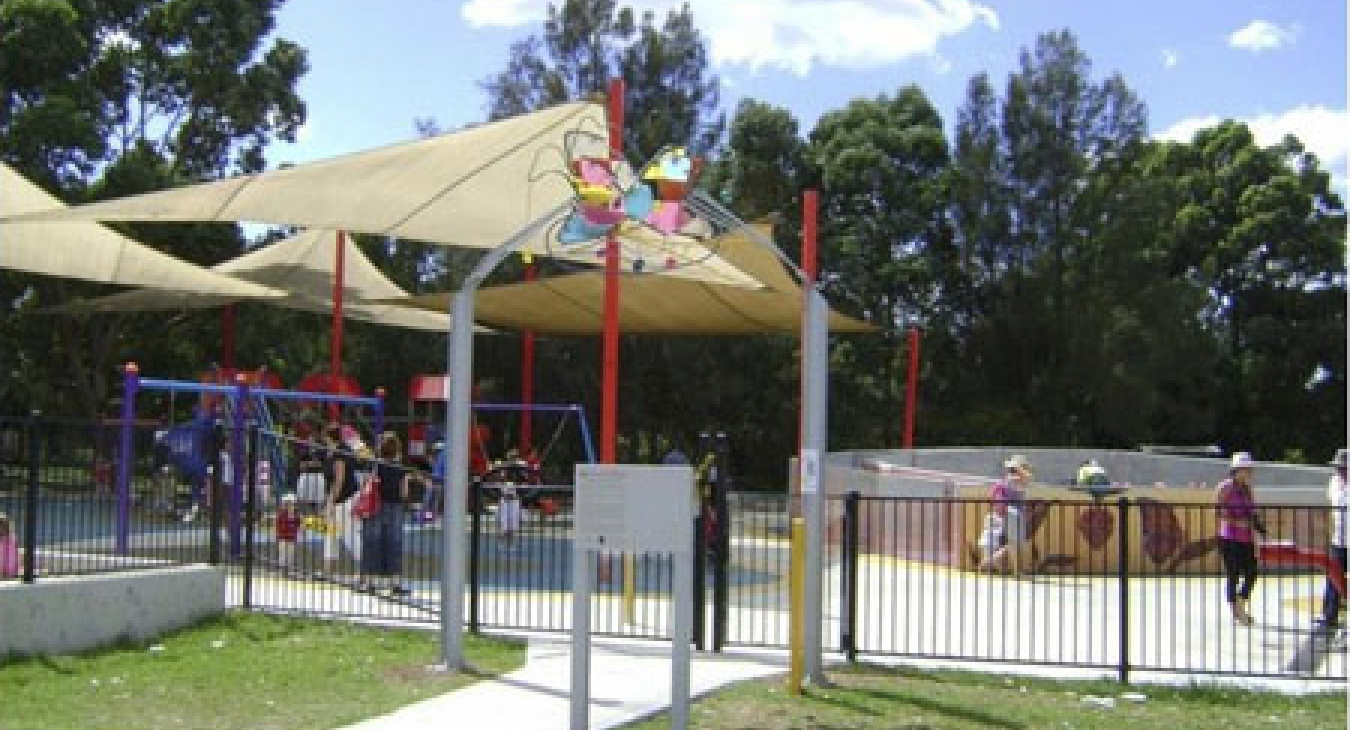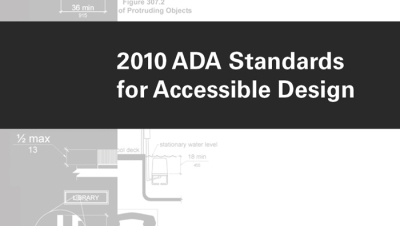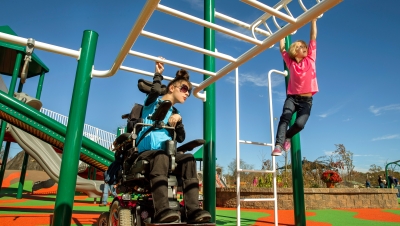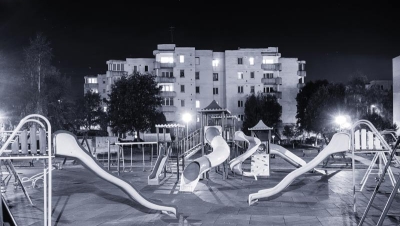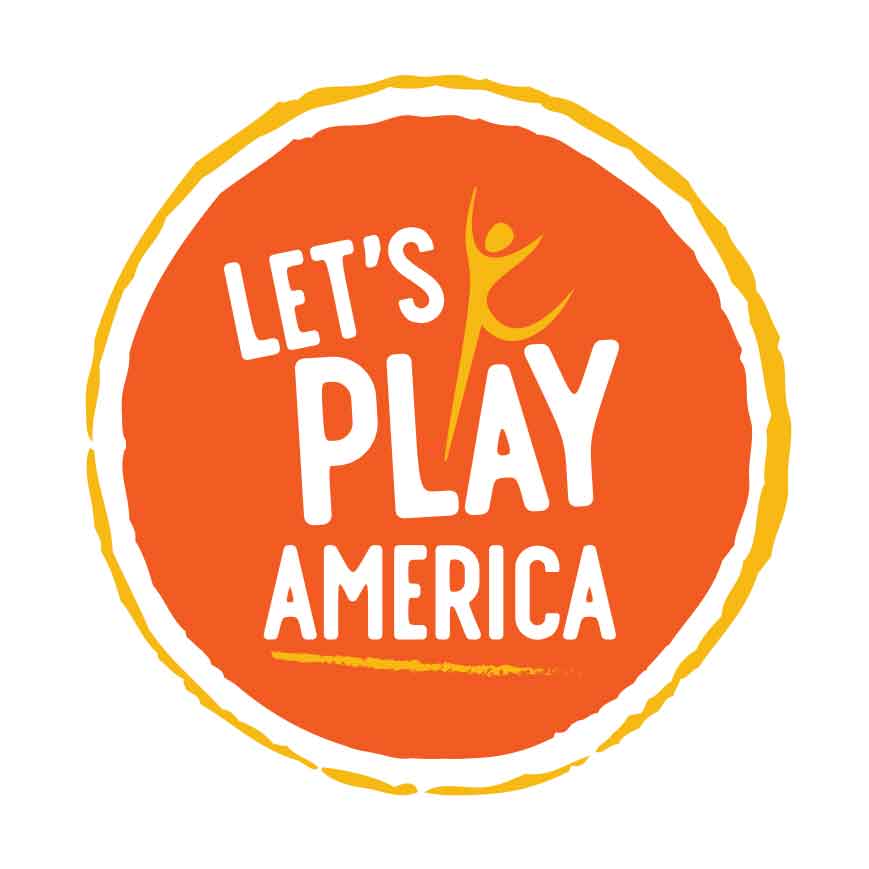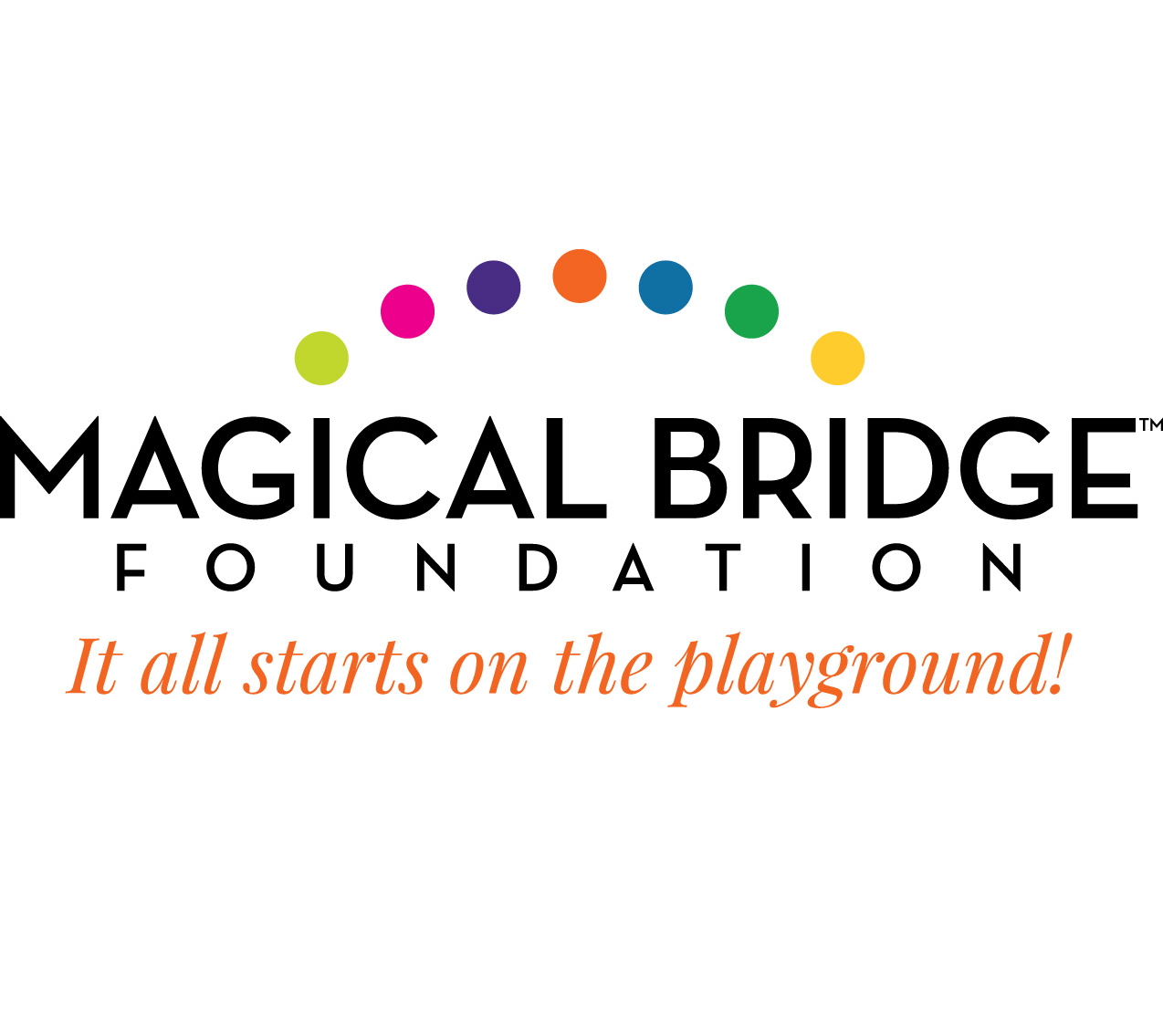Two Top Design Features for an Inclusive Playground
I am often asked to recommend equipment that will help make a playground more inclusive. While I can certainly talk about pieces that I love (in fact, I will do this in another column), I think there are design elements that are more important. “More important than the swings, slides, gliders, and ramps that make up an inclusive playground?” you ask. Yes!
If it does not feel safe, if it is difficult to navigate; or if there is nowhere to sit and no shade, then families aren’t even going to go to the playground. If families aren’t there, it isn’t inclusive.
In this month’s column, I am going to discuss the top two things I believe are the most important in creating a truly inclusive playground. Remember, an inclusive playground is a place where all children of all ages and all abilities can come together for fun. So when we are looking at design features, we are looking for elements that help ensure that all kinds of people can come to the playground.
Drum roll, please. . . My top 2 important design features for an inclusive playground are. . . fencing and surfacing. Neither are inexpensive decisions, but I feel that by fencing a playground with unitary surfacing you go a long way to making it a place where everyone can come.
Fences
My sister has twins. When they were 26 months old, she would take them to a playground, put them down, and they would run—in two different directions. They were fast and there was only one of her. My sister would quickly get overwhelmed, frustrated and anxious, trying to keep them both safe. She turned to her local twins support group for suggestions and they said, “Only go to a playground with a fence.” In fact, they compiled a list of just those playgrounds in her area. Problem solved. The fence set the boundaries and created a safe, age-appropriate place to play. They couldn’t run into the woods, creek or street.
Therefore, the conclusion is that in order for a playground to attract twins, it is best for it to have a fence. But are you really going to use some of your precious playground money just to support the twins in your community? So let’s examine other people that may benefit from a fence.
A new study confirms what many parents know well: it’s common for children with autism to wander, which puts tremendous stress on families. According to the new report, which appeared in the Journal Pediatrics (November 1, 2012), nearly half of children with autism spectrum disorder (ASD) attempt to wander or bolt from a safe, supervised place. More than half of these wandering children go missing – often into dangerous situations. To make a playground a safe place for a child with autism, it needs to have a fence.
The fence also makes a family with toddlers, child care groups, and a family with many children feel that they are bringing their children to a safe environment; where the children can explore and learn without a parent always needing to be right on top of them to ensure they don’t run into the street.
According to the Inclusive Play Design Guide, here are the components that make for a good fence:
- There should only be one or two clearly marked entrances/exits.
- One of the openings should be double width so that your maintenance people can get in.
- Have a gate to ensure completion of the perimeter. The gates need to be designed so as to be inoperable by a child, but can still be operated by an adult using a mobility devise.
- It should not be easy to climb on, so use horizontal components.
- Use materials and colors that can be easily seen at night. Cables and wires are not good choices.
- Provide seats near the gate to help make supervision easier.
Many people have created fun and engaging fences for playgrounds. I have collected pictures of them on my Pinterest page.
Surfacing
In my mind, in order to be a truly inclusive playground, the surfacing around the play equipment needs to be easy to roll across. Loose materials are not easy to roll across.
That is the short statement. Here is the more complex explanation. To understand the issue of surfacing, you have to understand that the surfacing has to meet two goals: Safety and Accessibility. There are complicated rules and regulations and tests that must be followed to meet these dual goals. What this means is that concrete, asphalt, grass, dirt, sand, gravel, small stones—are out. They don’t meet the regulations.
This leaves us with two different types of surfacing that do pass both the safety and accessibility rules: loose fill, and unitary surfacing material. Loose fill includes rubber crumbs and engineered wood mulch. The wood cannot be just any gardening mulch, it must be engineered wood fiber. It is specialized material consisting of shredded wood comprising specific sizes and aspect ratios determined by a series of sieves. The wood chips are springy enough to meet the regulation’s impact attenuation requirements (ability to absorb an impact) and firm enough to meet the regulations for wheelchair access.
Unitary surfacing material includes Pour-in-Place rubber (that is that colorful bouncy type material), rubber tiles, or artificial playground turf.
One of the most important things to understand about surfacing and ADA is that to be compliant the surfacing needs to be firm enough at all times not just at installation. ADA says, “Ground surfaces must be inspected and maintained regularly to ensure continued compliance with ASTM F 1951 Standards.” What this means is that if a playground has loose fill, it must be regularly raked and filled in so that it stays smooth and firm enough to push a wheelchair across.
Let’s be practical; you may rake a playground every morning to make it smooth, but as soon as children come out and play, it is no longer smooth. How many playground operators rake their playgrounds daily? Probably none. I have gotten my son’s wheelchair stuck in wood mulch often. It was fine when he was little; I could pick up his chair and move it. That doesn’t work anymore; it takes two of us to get him unstuck. That means I cannot take him to a playground by myself if it uses loose fill.
Wheelchairs are not the only things that don’t move easily over wood mulch: strollers, crutches, walkers, scooters—any form of mobility device whether used by an infant, a senior, or a person with a physical disability will have difficulty going across a playground with unraked wood mulch.
There is another reason I don’t like loose fill. Playgrounds are designed for children, often toddlers and preschoolers. We all know toddlers like to put anything in their mouths. It is normal; they are experimenting with their world. But putting wood mulch in their mouth from a public playground is just disgusting. It isn’t just very young children who do this, some children with cognitive disabilities continue to mouth items well past kindergarten.
I completely understand that mulch is much cheaper at installation than unitary surfacing. To put in unitary surfacing requires a significant upfront investment. When your community is contemplating this decision, ask them to include 10 years of maintenance costs in addition to installation cost. When the two numbers are then compared, it might be easier to convince the powers-that-be that it is worth the upfront cost.
There are a series of blog postings on accessibleplayground.net that go into more detail about choosing surfacing.


